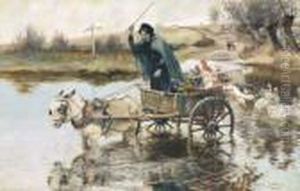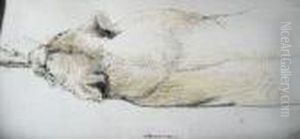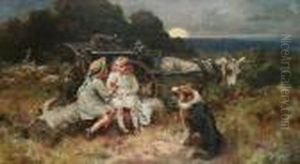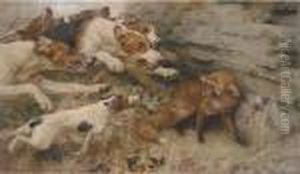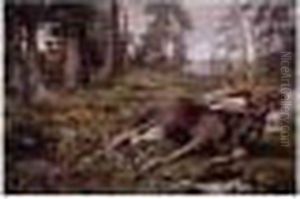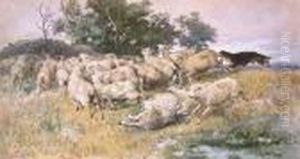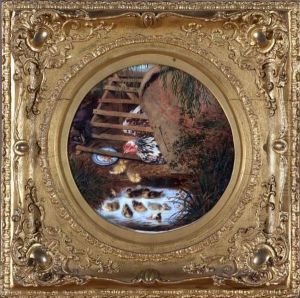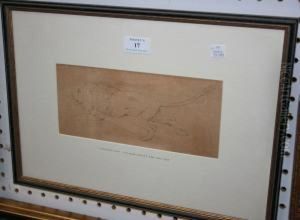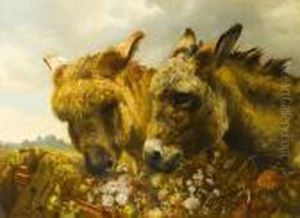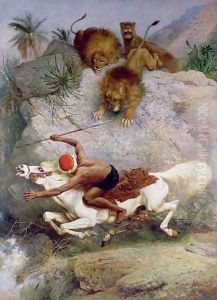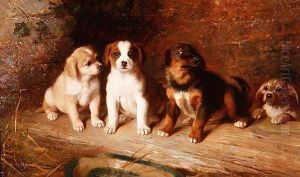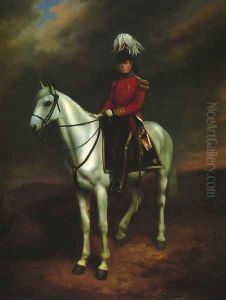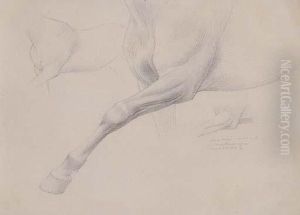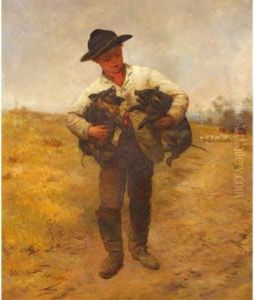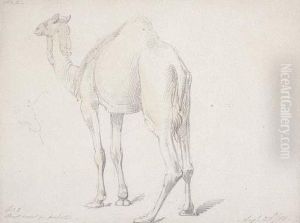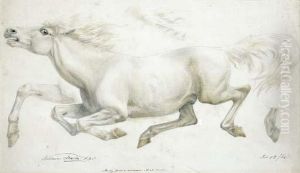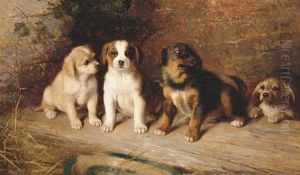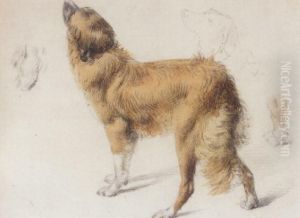William Strutt Paintings
William Strutt was an English artist who became known for his paintings and illustrations that captured historical events, as well as scenes from everyday life and the animal kingdom. Born on July 3, 1825, in Teignmouth, Devon, he was the son of a miniaturist and engraver, which likely influenced his early interest in the arts. Strutt studied at the National Gallery and the British Museum, and later, he went to Paris to further his education under the tutelage of Michel Martin Drolling, a respected history painter.
Strutt's work was characterized by a detailed and realistic style that often depicted dramatic scenes with a high level of emotional intensity. After his time in France, he moved to Australia in 1850, where he spent the next two decades. His experiences in Australia had a significant impact on his artwork, as he produced many pieces that reflect Australian life and landscapes during the mid-19th century, including depictions of indigenous peoples and colonial life.
He returned to England in the early 1870s and continued to work as an artist, receiving accolades for his historical paintings. Some of his most notable works include 'The Burial of Burke,' which captures the funeral of the explorer William Burke, and 'Bushrangers,' illustrating the notorious Australian outlaws of the time. Strutt's attention to detail and ability to evoke the spirit of the era in which he lived through his art have made his work valuable not only artistically but also historically.
William Strutt passed away on October 3, 1915, in Wadhurst, East Sussex. Throughout his life, he left behind a rich legacy of artwork that serves as a visual document of 19th-century life in Australia and England. His paintings are held in various collections worldwide and continue to be appreciated for their historical value and artistic merit.
